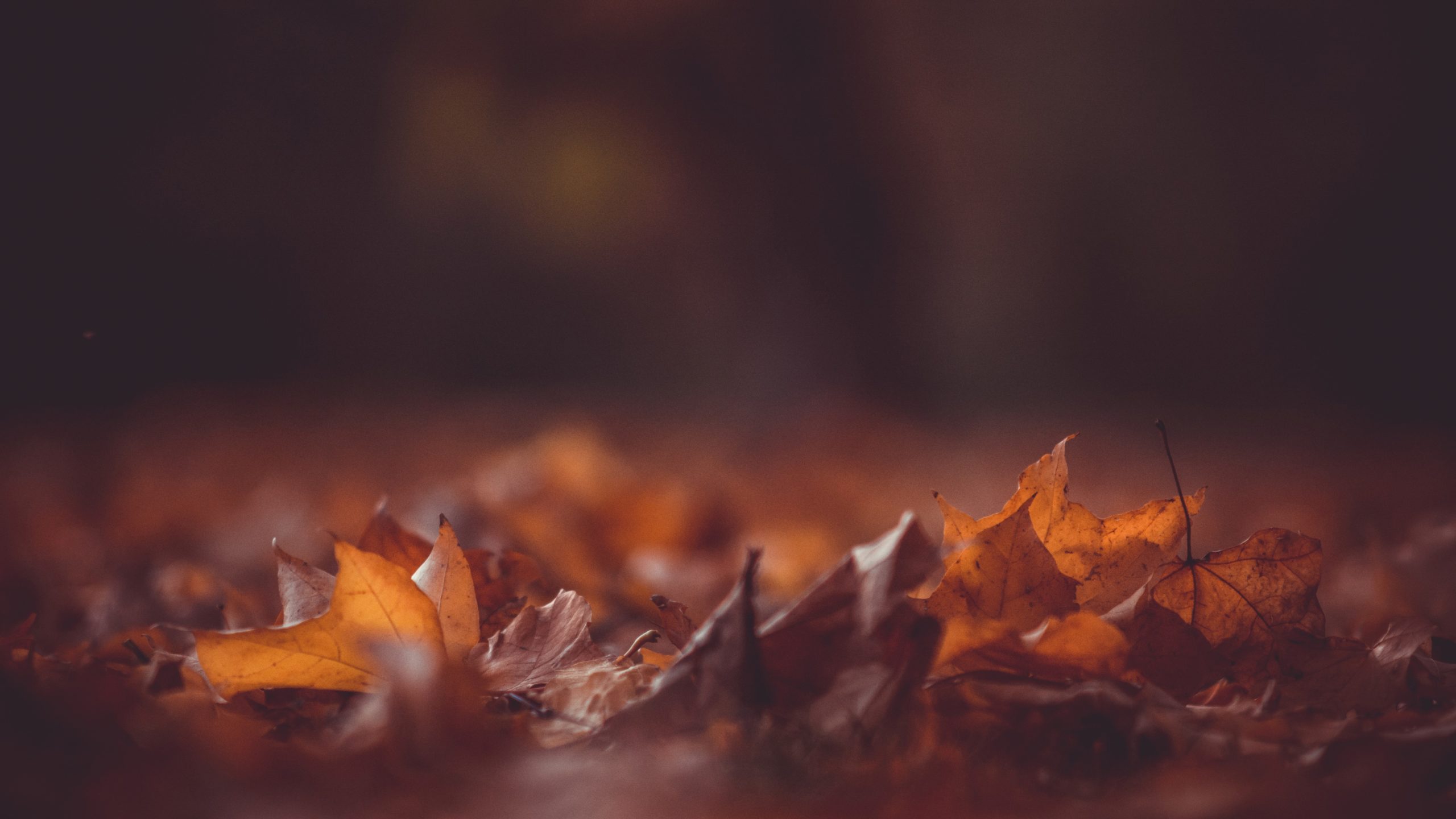November is here and we are embracing the cooler temperatures, colorful foliage and picturesque sceneries here in Rochester! Autumn is also packed with popular seasonal activities such as apple picking, farm hayride and corn maze adventure. With all these perks, it’s no surprise that Autumn is the favorite season of many. However, the season does have its downsides. With dry leaves piling up everywhere, we are faced with the inevitable chore of raking, bagging and disposing of them. It’s a burdensome task that wastes so much time and energy, but what if we could make it more productive?
Rather than disposing of the dry leaves from your yard, why not turn them into compost? Leaves are very rich in nutrients. In fact, up to 80% of a tree’s minerals and nutrients end up in its foliage. This makes dry leaves an excellent constituent for your next composting project. Making compost is also simpler than you might think if you have not tried it before. By following the simple steps below, you’ll have a huge bin of nutritious compost in just a couple of months.
- Start by shredding your leaves.
In a compost mixture, the elements need oxygen for proper decomposition. Dry leaves often form sheets that prevent oxygen from reaching the inner part of the composting pile. Shredding your leaf will help aerate the compost and speed up the decomposition process. You can either shred them with a mower or even a string trimmer to the best of your ability.
- Add green elements to your compost pile.
While dry leaves constitute a source of carbon for your compost, they are low in nitrogen, which is also a critical element. To obtain a healthy compost with adequate amounts of nitrogen and protein, you need to supplement your “brown” material (dry leaves) with “green” ones. Green materials can be any wet or green organic element, ranging from vegetable and fruit scraps, coffee grounds, to grass clippings. Aim for a ratio of 2:1 or 3:1 of brown to green, and mix them up in a bin or even a garbage bag.
- Turn your compost once a week.
To ensure that your compost stays ventilated, turn and mix up your pile regularly. Check for dry spots and add green elements and/or water as needed to keep the mixture moist. If it is too soggy or smelly, add brown and dry elements as needed. With proper care and maintenance, you will have an entire pile of homemade compost ready for the Spring season!
Why not start composting today? Share your journey and tag @URSustainable on Instagram for a shoutout!
Written by Kelly Jean, Class of 2021
Photo Credit: Unsplash


what methods did you use to dispose them in past? I have a park outside my house and they just pile it up and put a fire on it. messes up my eyes every week